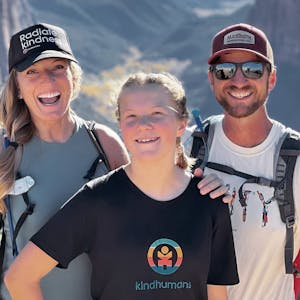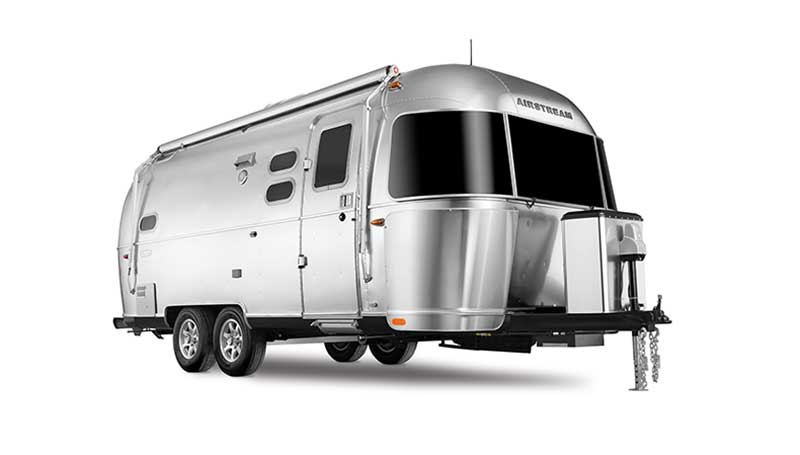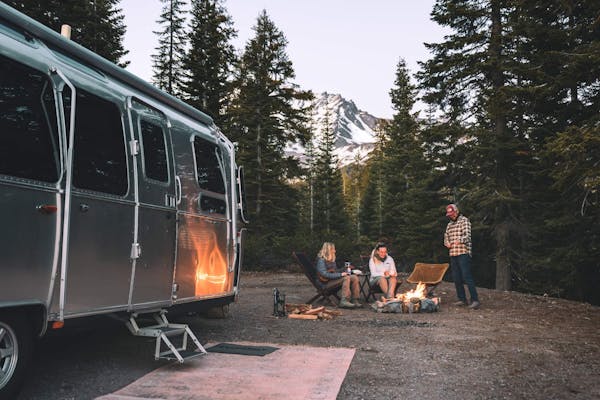1. Check Out Parks, Refuges and Reserves
Fortunately for us, some of the best places to locate wildlife also happen to be where RVers love to camp. National and state parks, national forests and grasslands, and national refuges are all great places to find wild animals. In our experience, a few of the best national parks for viewing large populations of wildlife are Yellowstone, Grand Teton and Rocky Mountain. No matter where you are, a quick Google search of animals within your area can help you locate a nearby park, refuge or reserve.
Here are some of the best states to see big animals:
- Bears: California, Maine, Montana, Idaho, Wyoming, Washington, Alaska
- Bison: South Dakota, Nebraska, Montana, Colorado, Oklahoma
- Bighorn Sheep: Nevada, New Mexico, Colorado, Arizona, Utah, Washington, Idaho, Wyoming
- Moose: Alaska, Maine, Minnesota, Montana, Washington, Wyoming
2. Prioritize Dawn And Dusk
While some wildlife is active throughout the day, you'll have the best opportunity if you get outside before the sun rises or linger as the light leaves the evening sky. Especially during the hot summer months, animals prefer to feed and travel during dawn and dusk because temperatures are much cooler.
Bonus Tip: Do some homework to understand how seasonal activities like migration, mating and hibernation impact wildlife behavior.
3. Look For Visible Signs
If you’ve ever been driving through a park and seen a cluster of cars pulled over along the side of the road, that’s usually a good indicator that an animal is nearby. And if you happen to see a big group of people with cameras and long lenses, then it’s almost a guarantee that wildlife is present. If you do spot a group of cars or see an animal along the side of the road, try your best to pullover and let other cars pass. Never park in the road or block traffic. And if a wildlife jam occurs (this is when an animal crosses and/or blocks the road), always stay inside your vehicle.
If you’re on a hike and hoping to see some animals, check the ground for fresh tracks or droppings. Many animals like to stay out of direct sight and near water sources, so be sure to scan any mountain ridges, the edges of meadows, and alongside rivers and streams.
Which brings me to my next tip…
4. Keep Your Distance
If you do encounter wildlife, the number one thing to do is keep your distance. The general recommendation is to stay at least 25 yards or 75 feet away. This distance goes up to 100 yards or 300 feet for predators like bears and wolves. If you’re not sure how far away you are, here’s a quick tip: Outstretch your arm and hold up your thumb. Close one eye and if your thumb covers the animal entirely, you are at a safe distance.
Before heading out on a trip, it’s really important to educate yourself on wildlife encounters. This includes knowing when mating and hibernating seasons are, and recognizing any signs of aggression or fear. For example, bears have a tendency to be more aggressive in the spring after a long hibernation (they’re hungry after all that rest!), while moose are more aggressive during a rut, which typically occurs in early fall.
5. Invest In A Long Lens
Most cell phone cameras can capture really good photos and videos. And while they’re great for close-ups, they aren’t able to capture things as clearly from a distance. And like my previous tip says, you have to keep your distance around wild animals. This is why I recommend getting a camera with a long lens for any type of wildlife photography.
If you’re looking at buying a camera, I suggest getting one with a lens that has a minimum focal length of 200mm and a low aperture (the opening in your lens which allows light to pass through and enter the camera). Large lenses can be really expensive, so another great way to increase your distance is by getting a teleconverter. A teleconverter is essentially a magnifying lens that is placed between the camera body and the lens. I also recommend getting a tripod or monopod to help keep your camera steady and avoid any blurry photos.
Bonus Tip: If an animal is moving while you’re taking a picture, you’ll need a faster shutter speed. Try setting your shutter speed to the same length as your lens. For example, if you’re using a 200mm lens, shoot at 1/200th of a second and increase your shutter speed according to the speed of the animal.

Hopefully you found these tips helpful, and feel a little more comfortable with finding, observing and photographing wildlife. Just remember to always respect the animals and their natural environments. Wildlife photography is about capturing the animal in its natural habitat, not manipulating it for the perfect photo. Now get out there and take your best shot!








